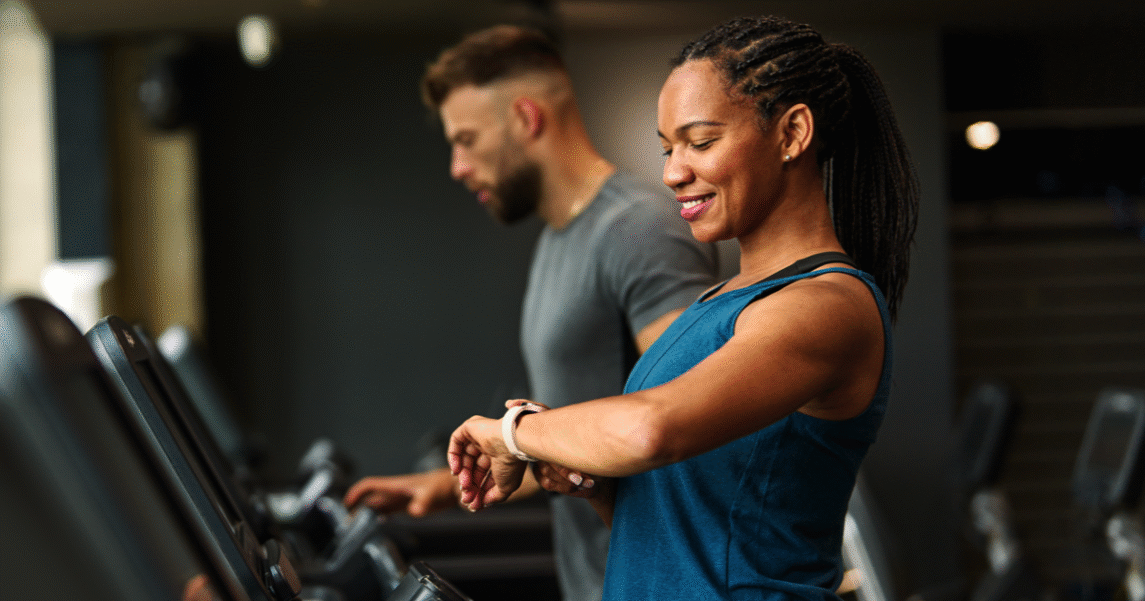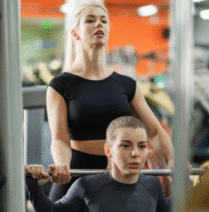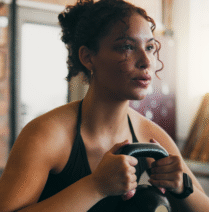
As the days shorten and the air turns colder, many of us feel the reality of Seasonal Affective Disorder (SAD) creeping in. That sluggishness, low energy, and persistent “blah” feeling — you’re not alone. But at Lakeshore Sport & Fitness, we believe your health club can be more than just a place to lift weights — it can be a key part of your strategy to manage SAD, lift your mood, and keep your mental well-being strong through the darker months.
What Is Seasonal Affective Disorder — and Why Does It Happen?
SAD is a type of depression that follows a seasonal pattern, most commonly in fall and winter, when daylight is limited. Less sunlight can disrupt our circadian rhythms and reduce levels of serotonin and other “feel-good” brain chemicals. Some common symptoms include low energy, oversleeping or trouble sleeping, irritability, changes in appetite, and a general feeling of malaise.
The good news? Lifestyle strategies — especially exercise — are scientifically proven to help.
How Regular Exercise Helps Combat SAD
- Boosts Mood Chemical Production
Working out increases levels of neurotransmitters like serotonin, dopamine, and norepinephrine. These are naturally low in people experiencing SAD, so exercise helps counteract that. - Increases Brain Resilience
Physical activity stimulates BDNF (brain-derived neurotrophic factor), which supports neuroplasticity — in other words, your brain’s ability to grow and adapt. - Improves Sleep and Rhythms
Regular exercise helps regulate your circadian rhythm, so you sleep better and feel more aligned with your body’s natural clock. Many people with SAD struggle with disrupted sleep; working out is one way to help reset that. - Preserves Vitamin D Levels
Especially in winter, when sunlight is scarce, exercise may help maintain vitamin D levels better than a totally sedentary lifestyle — and vitamin D plays a role in mood regulation. - Offers Social Connection
Group classes, partner workouts, or simply seeing familiar faces at the gym helps reduce isolation — a common risk factor during SAD season.
Lakeshore Sport & Fitness: Your Winter-Resilience Toolkit
At Lakeshore Sport & Fitness, we offer a wide variety of amenities and programs designed to help you stay mentally and physically vibrant, even when the weather outside is bleak.
Indoor Cardio & Strength Training
- Our cardio machines (treadmills, bikes, ellipticals) let you keep up with aerobic exercise, even when it’s too cold or dark outside.
- Our strength training area — from free weights to machines — gives you an option to build muscle, which has mood-boosting benefits. Even a 20-minute full-body strength circuit (like goblet squats, rows, presses) can make a difference.
Mind-Body Classes
- Yoga, Pilates, and tai chi classes are excellent for managing stress, improving mindfulness, and calming racing winter thoughts. Baylor College of Medicine experts even recommend these practices specifically for people with SAD.
- These low-impact classes also help regulate your mood and reduce cortisol, the stress hormone.
Group Fitness Community
- Join small-group training or class series — knowing others are also showing up creates accountability and connection.
- Class camaraderie can be especially powerful when you’re feeling low energy or isolated.
Social Spaces & Lounge Areas
- Use our common areas to hang out, chat, and build social support — sometimes just being around others helps more than you’d think.
- Having a place to unwind after a workout, or between activities, can be a mood booster in itself.
Recovery Amenities
- We know rest is just as important as movement. Use our steam room or sauna to relax and reset. Heat therapy can be soothing and comforting in winter.
- Hydromassage or similar features (if available) can help relieve tension and support a sense of calm.
Practical Tips to Make This Work for You
- Set a consistent schedule. Try to block off time for workouts when your energy is typically lowest — maybe even first thing in the morning to start your day on a positive note.
- Mix it up. Don’t rely on one kind of exercise. Combine cardio, strength training, and yoga/mind-body for broad benefits.
- Be social. Invite a workout buddy or attend our group classes. Having someone to check in with helps you stay motivated and connected.
- Track your mood. Note how you feel before and after workouts. Over time, seeing your mood improve can be a real motivator.
- Complement with light exposure. Try to get outside when you can. Open your home blinds, go for a walk during daylight hours, or use a light therapy box at home.
- Prioritize sleep. Stick to a regular sleep schedule. Too much sleep or inconsistent sleep can worsen SAD symptoms.
- Stay connected. Use the club’s social energy. Talk to friends, join classes, and don’t retreat into isolation.
When to Seek Help
Exercise and community support are powerful, but sometimes SAD requires more. If you’re experiencing persistent low mood, hopelessness, or thoughts of harm, please reach out to a mental health professional or your doctor. Self-care in the club is important — but therapy, medication, or light therapy might also be part of your path to wellness.
Let’s Beat the Winter Blues Together
At Lakeshore Sport & Fitness, we’re more than just a gym — we’re a community and a resource. When the winter blues hit, let our facility help you fight back. By pairing regular, varied exercise with social connection and rest, you’re not just surviving the season — you’re building resilience.
If you’d like help designing a workout plan or finding the right class mix to support your mood, our trainers and staff are here for you. Let’s make this your strongest, brightest season yet.
Personal Training at Lincoln Park
Personal Training at Illinois Center-Downtown Chicago
Tags: Seasonal Affective Disorder, winter workouts



